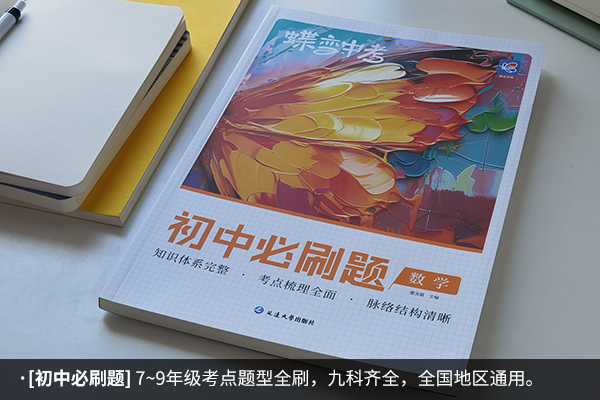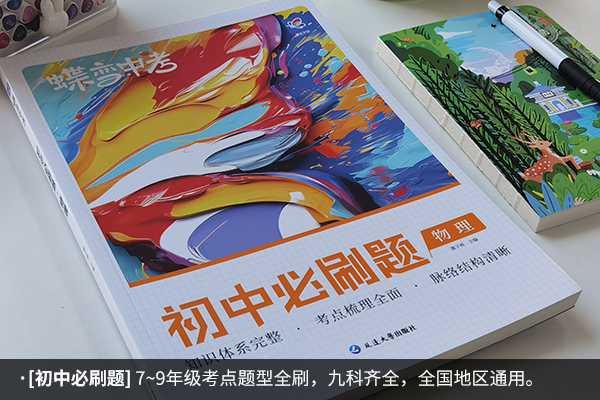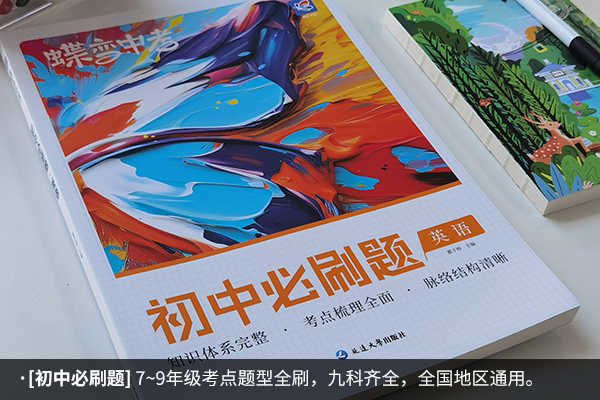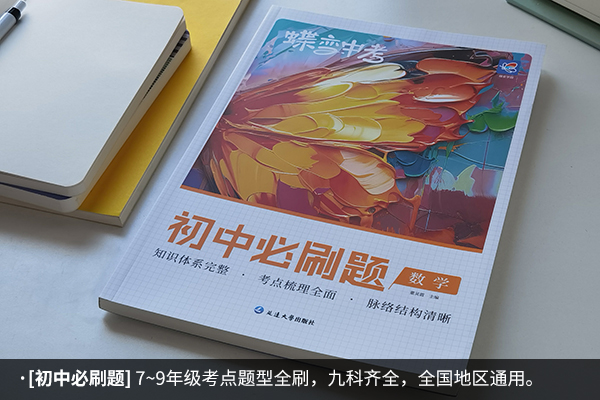一般现在时。概念:经常、反复发生的动作或行为及现在的某种状况。时间状语:always, usually, often, sometimes, every week (day, year, month…), once a week, on Sundays, etc.

1、一般现在时
概念:经常、反复发生的动作或行为及现在的某种状况。
时间状语:always, usually, often, sometimes, every week (day, year, month…), once a week, on Sundays, etc.
基本结构:①be动词;②行为动词
否定形式:①am/is/are+not; ②此时态的谓语动词若为行为动词,则在其前加don't,如主语为第三人称单数,则用doesn't,同时还原行为动词。
一般疑问句:①把be动词放于句首;②用助动词do提问,如主语为第三人称单数,则用does,同时,还原行为动词。
2、一般过去时
概念:过去某个时间里发生的动作或状态;过去习惯性、经常性的动作、行为。
时间状语:ago, yesterday, the day before yesterday, last week(year, night, month…), in 1989, just now, at the age of 5, one day, long long ago, once upon a time, etc.
基本结构:①be动词;②行为动词
否定形式:①was/were+not;②在行为动词前加didn't,同时还原行为动词。
一般疑问句:①was或were放于句首;②用助动词do的过去式did 提问,同时还原行为动词。
3、现在进行时
概念:表示现阶段或说话时正在进行的动作及行为。
时间状语:now, at this time, these days, etc.
基本结构:am/is/are+doing
否定形式:am/is/are+not+doing.
一般疑问句:把be动词放于句首。
4、过去进行时
概念:表示过去某段时间或某一时刻正在发生或进行的行为或动作。
时间状语:at this time yesterday, at that time或以when引导的谓语动词是一般过去时的时间状语等。
基本结构:was/were+doing
否定形式:was/were + not + doing.
一般疑问句:把was或were放于句首。
5、现在完成时
概念:过去发生或已经完成的动作对现在造成的影响或结果,或从过去已经开始,持续到现在的动作或状态。
时间状语:recently, lately, since…for…,in the past few years, etc.
基本结构:have/has + done
否定形式:have/has + not +d one.
一般疑问句:have或has。
6、过去完成时
概念:以过去某个时间为标准,在此以前发生的动作或行为,或在过去某动作之前完成的行为,即“过去的过去”。
时间状语:before, by the end of last year(term, month…),etc.
基本结构:had + done.
否定形式:had + not + done.
一般疑问句:had放于句首。
7、一般将来时
概念:表示将要发生的动作或存在的状态及打算、计划或准备做某事。
时间状语:tomorrow, next day(week, month, year…),soon, in a few minutes, by…,the day after tomorrow, etc.
基本结构:①am/is/are/going to + do;②will/shall + do.
否定形式:①was/were + not; ②在行为动词前加didn't,同时还原行为动词。
一般疑问句:①be放于句首;②will/shall提到句首。
8、过去将来时
概念:立足于过去某一时刻,从过去看将来,常用于宾语从句中。
时间状语:the next day(morning, year…),the following month(week…),etc.
基本结构:①was/were/going to + do;②would/should + do.
否定形式:①was/were/not + going to + do;②would/should + not + do.
一般疑问句:①was或were放于句首;②would/should 提到句首。
1.人称代词
主格: I we you she he it they
宾格: me us you her him it them
形容词性物主代词:my our your her his its their
名词性物主代词: mine ours yours hers his its theirs
2.形容词和副词的比较
(1) 一般在形容词或副词后+er
older ,taller, longer, stronger
(2) 多音节词前+more
more interesting, etc.
(3) 双写最后一个字母,再+er
bigger fatter, etc.
(4) 把y变i,再+er
heavier, earlier
(5) 不规则变化:
well-better, much/many-more, etc.
3.可数词的复数形式
Most nouns + s abook –books
Nouns ending in aconsonant +y - y+ ies a story—stories
Nouns ending in s,sh, ch or x + es a glass—glasses a watch-watches
Nouns ending in o+s or +es a piano—pianos a mango—mangoes
Nouns ending in for fe - f or fe +ves a knife –knives a shelf-shelves

初中考不上高中,我们的第一想法其实都是选择复读,复读等于再次参加中高考。第一次考不上高中的同学肯定都意识到自己的问题出在哪里,知道自己科目上...

苏州初中教辅书推荐难易程度:尖子生学案、特高级教师点拨、新教材完全解读、中学教材全解、新教材完全解读、中学教材全解等。

北京初中教辅资料:蝶变初中数学必刷题、五年中考三年模拟、学习探究与诊断、点拨、教材完全解读、轻松夺冠、零失误全面讲解、北大绿卡、典中点、课课...

江苏初中物理辅导书:蝶变初中物理必刷题、5年中考3年模拟、中学教材全解、三点一测丛书、轻松练习30分、龙门专题、实验班、教材完全解读、小题狂...

安徽初中教辅资料:蝶变初中英语必刷题、初中文言文逐句注解、中考语文四轮复习、中考数学四轮复习、中考响云箭函数快训、中考响云箭几何快训、中考词...

哈尔滨初中教辅书:蝶变初中物理必刷题、教材完全解读、教材帮、中学教材全解、多功能解题题典、初中解题题典、一课一练、初中夺冠单元检测卷、黄冈密...

上海初中教辅书排行榜:蝶变初中英语必刷题、百题大过关、一课一练、中考文言诗文考试篇目点击、走进文言文、导学先锋、奥数精讲与测试、精编初中英语...

武汉初中教辅资料推荐:蝶变初中数学必刷题、新教材完全解读、北大绿卡、五年中考三年模拟、中学教材全解、中考英语四轮复习、中考词汇闪过、十天突破...